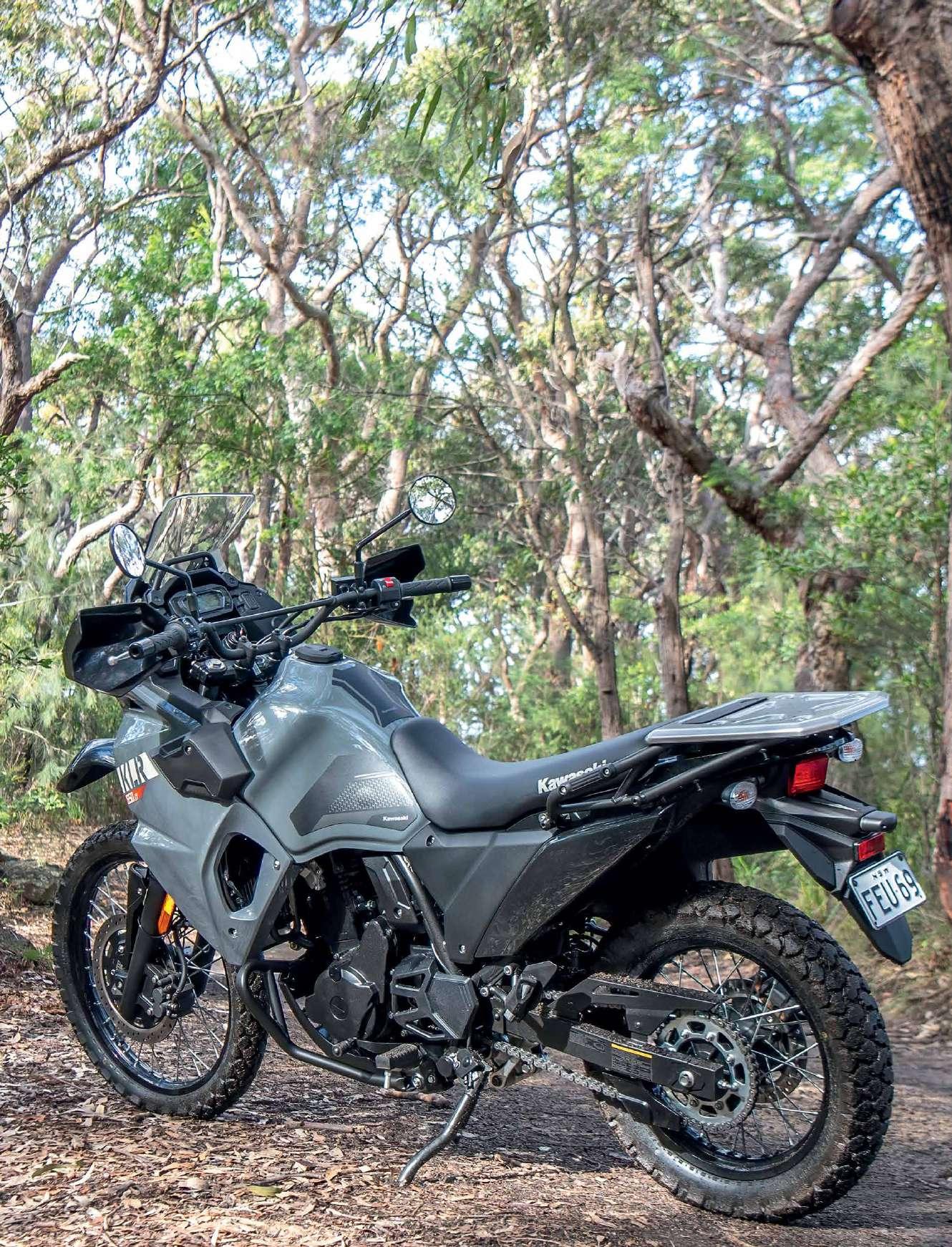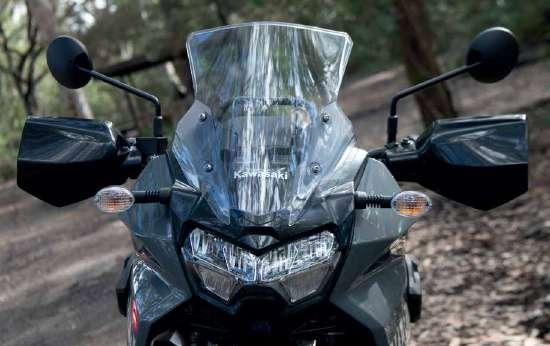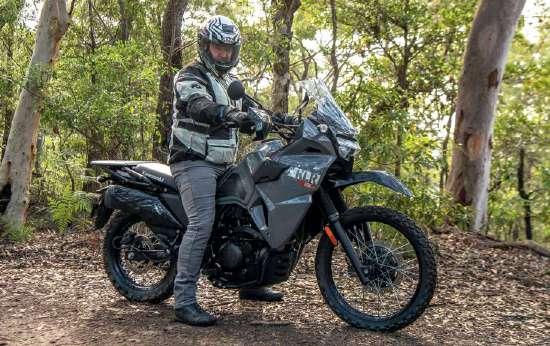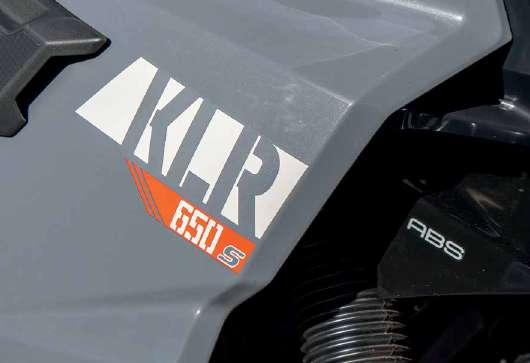
9 minute read
CAPTAIN SIMPLICITY KAWASAKI KLR50S
WORDS: TUG MCCLUTCHIN IMAGES: NICK EDARDS - HALF LIGHT PHOTOGRAPHY
Sir Isaac Newton once wrote, “Truth is ever to be found in the simplicity, and not in the multiplicity and confusion of things.”
FAR BE IT FROM me to argue with isaac. you’d be aware that he was the guy who mathematically mapped gravity. But you might not be aware that he also figured out that white light was made up multiple other colours which we call the spectrum, created the first useful reflecting telescope, invented the mind-blurring mathematics of calculus, and developed his understanding of gravity to the point where he could not only calculate the tides, but proved beyond doubt to everyone but the criminally stupid that our solar system really is heliocentric. that’s a fancy word that means the planets revolve around the sun.

So yes, Isaac knew his shit. If he were around today and were employed by a motorcycle manufacturer to design an adventure bike, I reckon the KLR650 might be something like the bike he would design. It is fundamentally simple. There is nothing on it that needs not be there. There’s not much missing that should be there. There is nothing about it that is confusing. And it certainly does not become bogged down with multiplicities. Isaac would likely approve.
That’s not to say it is perfect, either. There are a few things that could be improved upon, and probably should have been by now given how long the model has been around. But the KLR is built to a price, so change only comes when it is necessary, as is the way of things.
Take fuel injection for example. The KLR persisted with a carburettor long after most motorcycles had been fitted with injection. If it wasn’t broken, there was nothing to fix, and it certainly worked well with a carb. It’s likely that if it weren’t for the difficulties in meeting ever-broadening emissions rules around the world it would still have a carburettor today. And many riders would be just fine with that. Some would prefer it.
You see, we now live in a world where the adventure bike market has been commandeered into a spiralling saLe anywheRe. ” avalanche of advanced technology and extraordinary performance. BMW’s latest GS attests to that. KTM pushed the engine performance envelope of adventure bikes to levels that are near useless to most humans, yet many of us lust after those machines anyway, because why the hell not?
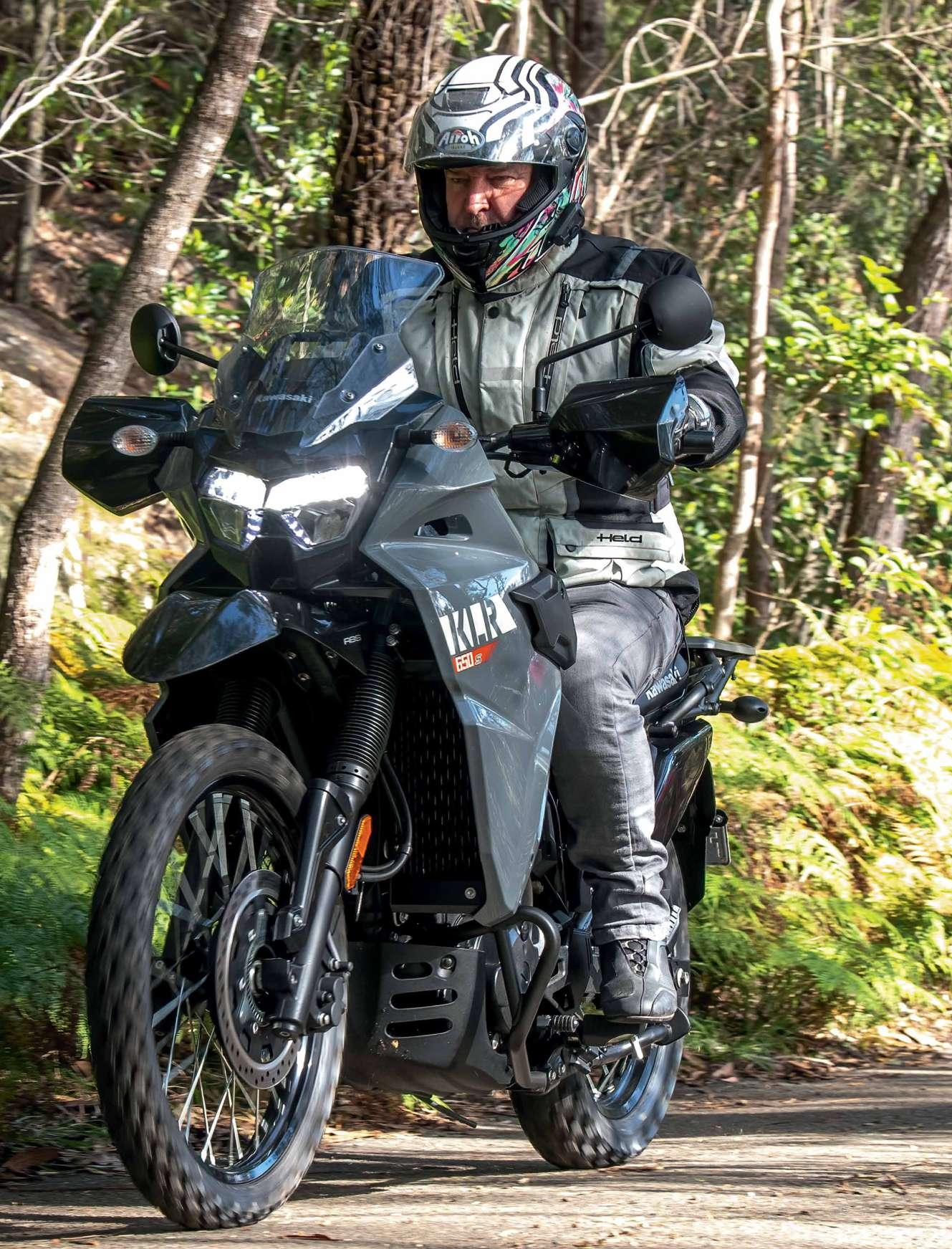

Who doesn’t love an adventure bike with 180 horsepower? That’s a no-brainer. But then there’s all the things that come with that. Weight. Complexity. Computers. Confusion. Multiplicity. There it is.
And for some of us, like Isaac, multiplicity is not our thing. Simplicity is not just all we need, but it’s all we want. And there are some good reasons for that.
Imagine for a moment you are riding your adventure bike and you are 250km from the nearest town with a bike shop. You are broken down on a dirt road, and you have exhausted your mechanical acumen and are still very much in “fail to proceed” mode. A local farmer drops by. He’s in a his 60’s and offers to help get your bike in his ute and take it back to his place where he will help you fix it with whatever mechanical knowledge and tools he can muster, which is likely more than you have of either at that point.

Do you reckon he’s more likely to help you figure out what’s wrong with a simple single-cylinder engine with a pretty rudimentary operating system, or would you prefer he was diagnosing a computer fault in your $35,000 toy with all the bells and whistles?
In 2016 I bought an Africa Twin, and a friend and I had a bunch of trips planned, including a Simpson crossing. As we went through the process of prepping the bikes by fitting better tyres, improving suspension, and adding things like bash plates and crash bars, it became obvious to us that maybe we’d gone about it the wrong way.

Two big things on our minds were that these bikes with their improvements were now worth over $20k, which isn’t a lot compared to what some people spend on their adventure bikes, but was still a lot of money to go and throw at a tree in the bush somewhere. We also realised that while we both had reasonable mechanical knowledge, even a 2016 Africa Twin was capable of discovering new ways to trip itself up that we couldn’t deal with mechanically.
The thought of a failure in a remote location gnawed at me, and every time it did so, I thought to myself we should have opted for a KLR or a Suzuki DR650 instead. Hell, we’d have backed ourselves to strip an engine behind a pub if we needed to on either of those. But the Africa twin, not so much.
And that’s not a criticism of the Honda, it was a very effective bike. It’s just an observation of the frailties of most modern bikes. When they work, they’re magnificent, but when they don’t, we often need the help of professionals. And there’s not a lot of professionals in the middle of the Simpson Desert. Clearly plenty of people agree with me, because the KLR still rolls out of dealer showrooms, and see how you go finding a Suzuki DR650 for sale anywhere. They command top dollar. There is plenty of demand for these more simple types of motorcycle. Part of that demand is the price. It’s hard to beat the KLR if you’re looking for an adventure bike at a good price. This suits a lot of riders who have a bike for road riding and want a second bike for dirty weekends away. Some can’t justify spending a lot of cash on a second bike. And plenty can’t justify spending it on a first bike.
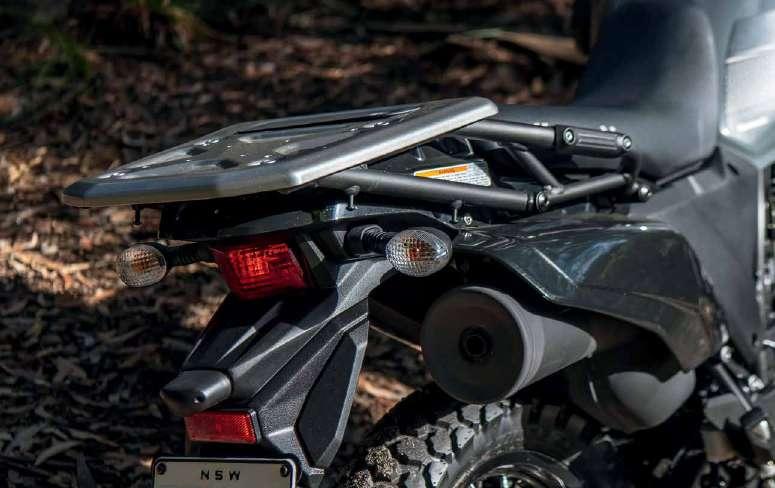
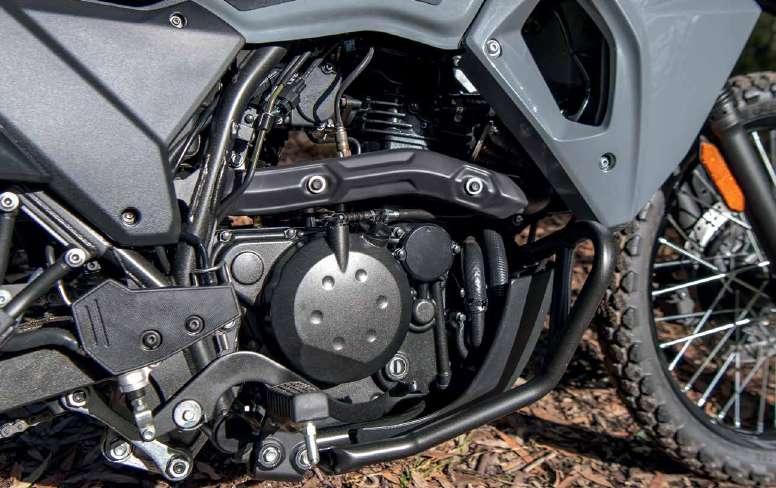
Then there’s the LAMS market, which the KLR fits into as well. It’s a perfect bike to learn on, especially if you want to get out into the country and explore.
So now we know why people still want them, let’s look a little closer.
The KLR is still pretty much the same old 652cc 4-valve single it always was, but with fuel injection. It puts out enough power to get the job done. Do the numbers really matter? It can sit on 130 all day on the freeway and has enough grunt to slide the rear around on the dirt if you want to. With no traction control available, maybe 39Hp is enough.
I take no issue with traction control not being on this bike. If you need a computer to help you control what is a very smoothly delivered 39 ponies, then perhaps motorcycling isn’t for you.
Changing the exhaust and air filter and tuning it to suit might get you another 5-6 Hp if you want it. Many owners won’t bother.
One thing I do take issue with though is the ABS. It performs just fine, but when the Road Safety Deep State were putting together the regulations to make ABS compulsory on all bikes in Australia the various motorcycle industry advocates, including yours truly, worked very hard to lobby Government and convince them that bikes designed to go off-road needed the ability to have their ABS turned off for safety reasons, at the very least on the rear wheel. Kawasaki have not taken advantage of that and the ABS is on all the time.
For many riders that won’t be a problem, but for others who want to push things a little harder off road, it will, and sales will be lost because of it. Hopefully Kawasaki can fix that on the next model. That one small change will make it a much more capable machine on the dirt.
Besides that little beef, the brakes work adequately. The rear offers plenty of feel, and the front could do with some more stopping power, but it’s acceptable as it is.
The throttle response and fuelling are smooth, with everything aimed at providing a beefy mid-range rather than a screaming top end, and that is as it should be for this type of bike. The fuelling can be a little fluffy sometimes on a constant throttle, likely thanks to ADR compliance issues, and sometimes you can get around it simply by shifting to a different gear. Either way, I’m being very fussy here. Most riders probably won’t even notice it. It is a very minor criticism.
There is no tachometer now that the dash has gone digital. At first I found that disturbing, but quickly realised it would have been superfluous anyway. I didn’t once look to see what rpm the engine was doing, because it just doesn’t matter. Even when thrashing it I never hit the rev limiter. I went looking for it once, but it was so far past where you would naturally change gear that it becomes irrelevant.
The model I rode is the KLR650S, the S standing for shorter. It has a reduced seat height of 815mm, compared to the 870mm of the standard bike. This will be a boon for shorter riders, obviously, but even at 6ft tall it left me wondering which one I’d choose.
The ride position for me was comfortable, and I could easily get both feet flat on the ground with my knees slightly bent. I can happily handle the taller bike, but I think there are a lot of riders who won’t necessarily need the

